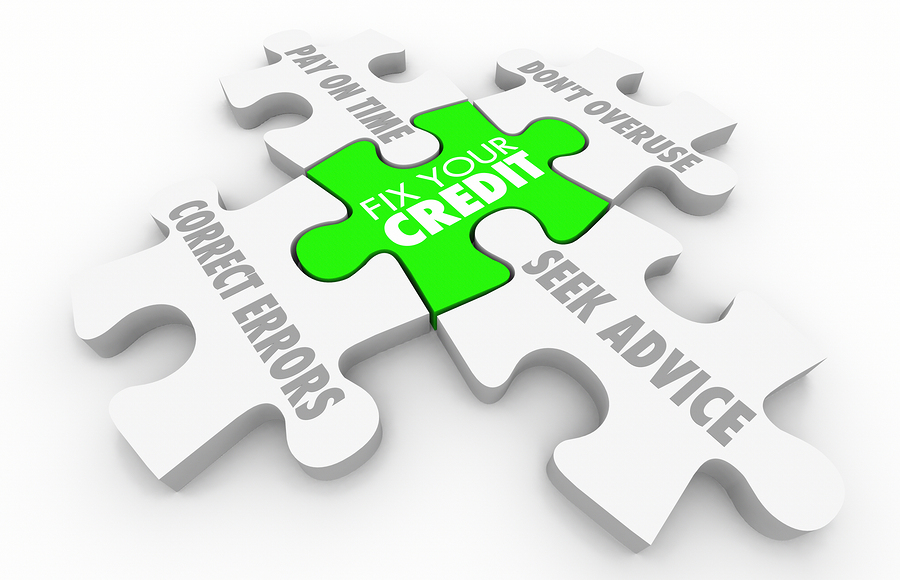Bankruptcy offers consumers a fresh financial start, but many people hold off on filing bankruptcy for fear of the negative effect it will have on their credit. This is one of the most common bankruptcy myths, and can keep individuals who are drowning financially from filing for bankruptcy. Bouncing back after bankruptcy is possible, and with proper discipline, it can be done relatively quickly.
According to a recent study by LendingTree, 65 percent of people who filed for bankruptcy in 2017, had a credit score of 640 or higher in two years. The following tips can help you bounce back quickly after bankruptcy.
Use a Secured Credit Card.
It may seem counterintuitive but using a secured credit card after bankruptcy can be an excellent way to rebuild credit. Many banks or financial institutions offer secured credit cards that come with no annual fee, but most require a deposit be paid by the accountholder to open the account. The person’s credit limit is based on the deposit amount, which restricts the cardholder’s spending. It is recommended that the individual make at least one charge during the month on the card but make sure that the charge is not more than 20 percent of the individual’s available credit. Secured cards should be paid in full and on time every month to build up a good pattern of financial habits. After a period, if the cardholder can show he or she is able to handle paying these bills on time and spending responsibly, then the person can move to an unsecured card with a lower interest rate.
Utilize Free Credit Monitoring.
Keeping a close watch on your credit score is recommended for any individual, not just someone who has completed bankruptcy. Many different free credit score services are available, such as CreditKarma or MyLendingTree, which offer the ability to monitor and track your credit score. It is important that the consumer know what his or her score is at the beginning of the process so that he or she can see how it improves with good financial habits over time. Monitoring your credit report can also be a good way to ensure that debts that were supposed to be discharged in bankruptcy were discharged.
Prepare a Written Budget.
Prepare a written budget and stick to it. Be aware of how much is coming in every month, as well as how much is being spent. If spending was a major reason for the bankruptcy case, be extremely disciplined with what items are purchased and how. Do not rely on credit cards for the extra, unnecessary expenses as these can add up over time, and be sure that your credit card balance stays at a number that can be paid off every month.
Plan for the Future.
Saving money is a valuable way to begin focusing on your future. Consider setting aside a set amount of money each week or each month into an emergency fund. You will be able to use this money when you have important, but unexpected expenses.
Please click here to read more.
If you have questions on this topic or are in financial crisis and considering filing for bankruptcy, contact an experienced Miami bankruptcy attorney who can advise you of all of your options. As an experienced CPA as well as a proven bankruptcy lawyer, Timothy Kingcade knows how to help clients take full advantage of the bankruptcy laws to protect their assets and get successful results. Since 1996 Kingcade Garcia McMaken has been helping people from all walks of life build a better tomorrow. Our attorneys’ help thousands of people every year take advantage of their rights under bankruptcy protection to restart, rebuild and recover. The day you hire our firm, we will contact your creditors to stop the harassment. You can also find useful consumer information on the Kingcade Garcia McMaken website at www.miamibankruptcy.com.

